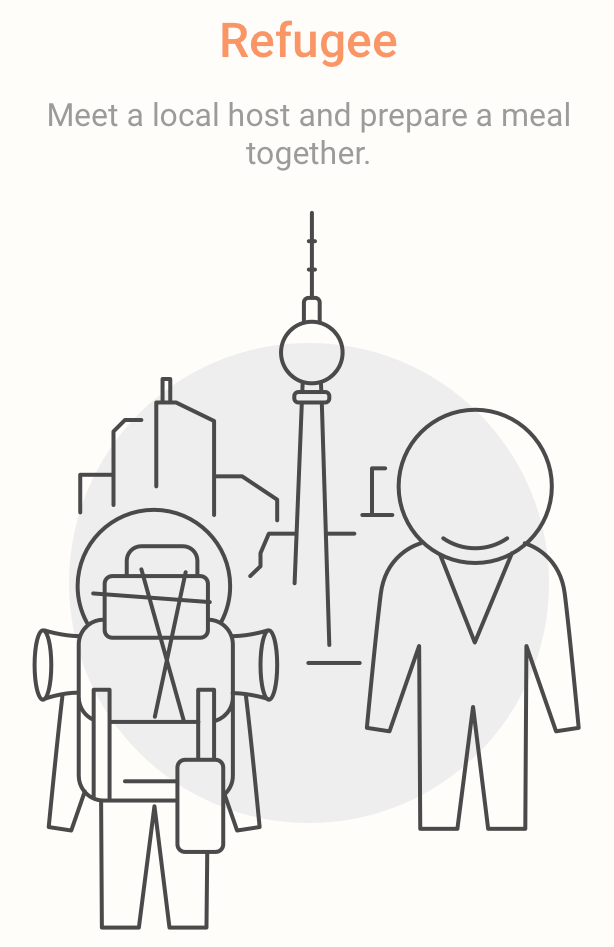Geoff Mulgan: “Nesta has published a new book with Palgrave which contains an introduction by me and many important chapters from leading academics around the world. I hope that many people will read it, and think about it, because it challenges, in a highly constructive way, many of the rather tired assumptions of the London media/political elite of both left and right.
The essay is by Roberto Mangabeira Unger, perhaps the world’s most creative and important contemporary intellectual. He is Professor of Law at Harvard (where he taught Obama); a philosopher and political theorist; author of one of the most interesting recent books on religion; co-author of an equally ground-breaking recent book on theoretical physics; and serves as strategy minister in the Brazilian government.
His argument is that a radically different way of thinking about politics, government and social change is emerging, which has either not been noticed by many political leaders, or misinterpreted. The essence of the argument is that practice is moving faster than theory; that systematic experimentation is a faster way to solve problems than clever authorship of pamphlets, white papers and plans; and that societies have the potential to be far more active agents of their own future than we assume.
The argument has implications for many fields. One is think-tanks. Twenty years ago I set up a think-tank, Demos. At that time the dominant model for policy making was to bring together some clever people in a capital city to write pamphlets, white papers and then laws. In the 1950s to 1970s a primary role was played by professors in universities, or royal commissions. Then it shifted to think-tanks. Sometimes teams within governments played a similar role – and I oversaw several of these, including the Strategy Unit in government. All saw policy as an essentially paper-based process, involving a linear transmission from abstract theories and analyses to practical implementation.
There’s still an important role to be played by think-tanks. But an opposite approach has now become common, and is promoted by Unger. In this approach, practice precedes theory. Experiment in the real world drives the development of new ideas – in business, civil society, and on the edges of the public sector. Learning by doing complements, and often leads analysis. The role of the academics and think-tanks shifts from inventing ideas to making sense of what’s emerging, and generalising it. Policies don’t try to specify every detail but rather set out broad directions and then enable a process of experiment and discovery.
As Unger shows, this approach has profound philosophical roots (reaching back to the 19th century pragmatists and beyond), and profound political implications (it’s almost opposite to the classic Marxist view, later adopted by the neoliberal right, in which intellectuals define solutions in theory which are then translated into practice). It also has profound implications for civil society – which he argues should adopt a maximalist rather than a minimalist view of social innovation.
The Unger approach doesn’t work for everything – for example, constitutional reform. But it is a superior method for improving most of the fields where governments have power – from welfare and health, to education and economic policy, and it has worked well for Nesta – evolving new models of healthcare, working with dozens of governments to redesign business policy, testing out new approaches to education.
The several hundred public sector labs and innovation teams around the world – from Chile to China, south Africa to Denmark – share this ethos too, as do many political leaders. Michael Bloomberg has been an exemplar, confident enough to innovate and experiment constantly in his time as New York Mayor. Won Soon Park in Korea is another…..
Unger’s chapter should be required reading for anyone aspiring to play a role in 21st century politics. You don’t have to agree with what he says. But you do need to work out where you disagree and why….(New Frontiers in Social Innovation Research)




